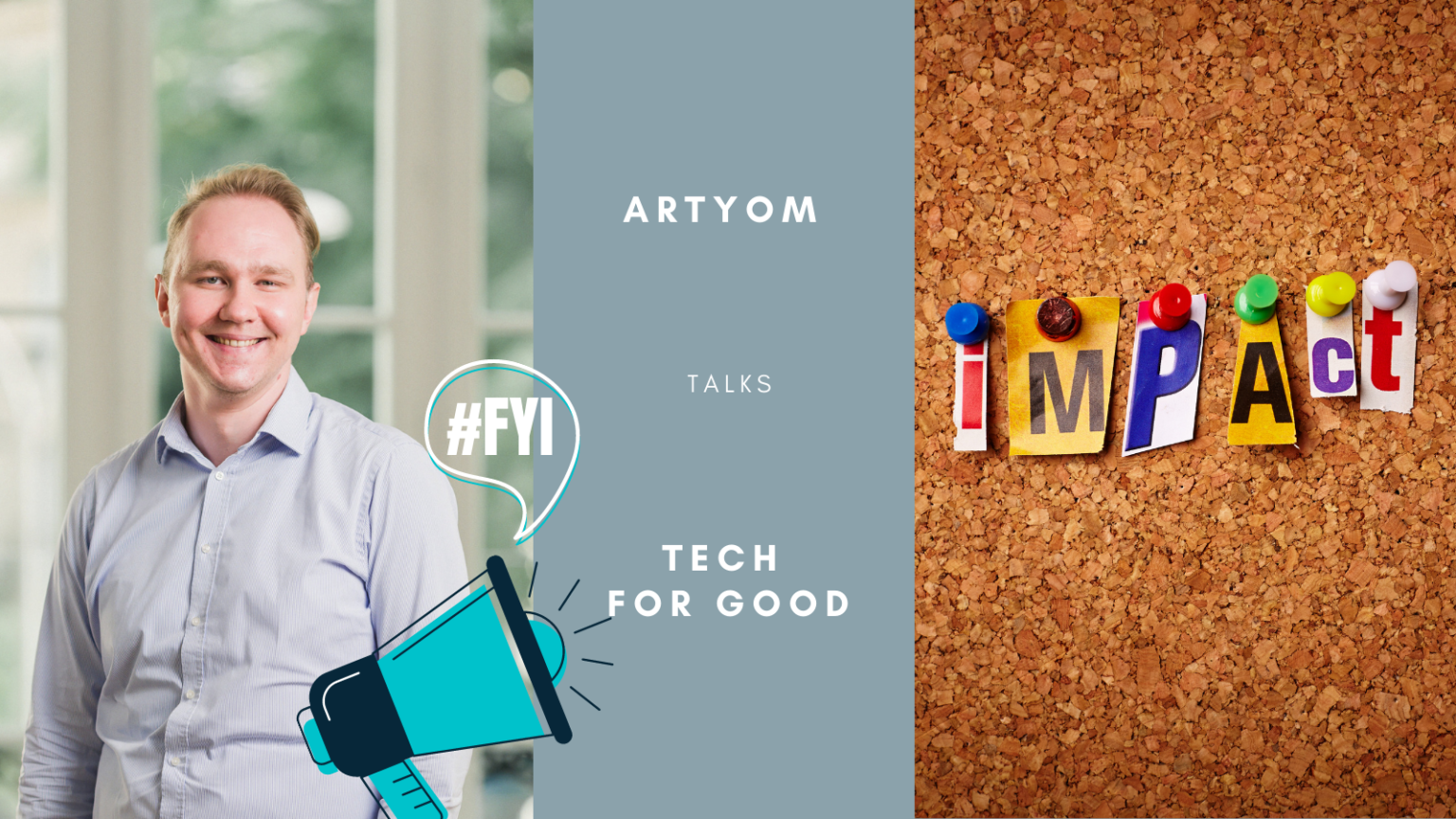
What is at the same time mysterious, born from a French initiative and can have a societal, social and environmental impact ? 1 hashtag and 3 words: #TechForGood ! We are convinced that technology allows rapid innovations in many fields and that insurance should not be left behind. But we are also aware of the downside of technology when it is not used wisely. We have recently renewed our commitment as an insurtech to ensure coverage that acts for the good through technology with our cyber-bullying and green mobility protection.
What does #TechForGood mean to you ?
It’s writing down the most fundamental principles that you engage to adopt while working with digital technologies. A code of conduct aiming at promoting the best usages of the digital for people.
It is easy to see that technological progress is being made in areas such as education and science. How should this commitment be translated into insurance to meet major social and environmental challenges ?
First of all, technology allows automation of repetitive and boring tasks freeing time for life and creativity. Automation permits scaling with a guaranteed quality making things more affordable at the end. We are trying to leverage the tech to offer insurance at minimal cost and with the maximum automation possible. Our vision is that the insurance has to provide peace of mind to the holder. And in case of damage, the related stress has to be eliminated by a seamless, all-time available, and “working as expected” solving workflow.
Moonshot Insurance also looks to be relevant, supporting positive incentives to protect the environment and acting fast to satisfy emerging needs. For instance, recently we have noted across Europe increasing usage of bicycles, scooters, hoverboards and all kinds of other shared means of transport. To confirm this trend oriented towards a reasonable and greener consumption we have designed brand new insurance covering person everyday journeys whatever the mean of transport he chooses.
Finally, we are working hard to automate further and tackle social challenges by integrating promising and truly quite astonishing technologies which recently advanced a lot like image recognition and natural language processing (NLP). A good illustration is our cyberbullying insurance outlined to protect children from offensive messages on social media.
Do you think it is relevant for insurance to act on education to prevent certain risks ?
Certainly, it’s best when you can prevent in advance damage to happen. It should be naturally the goal of any insurance, to educate people trying to avoid dangerous situations. Yet the modern education process has to be simple, light, and integrated into everyday life. Interesting to note that all kinds of sensors of your smartphone connected to the real world and the internet of things (IoT) make the efficient approach of “Just-in-time learning” applicable right when a need occurs. But this customization of the user experience has to be practiced only with the unambiguous consent of the person. The safety and respect of private data are one of the main pillars of #TechForGood.
What do you think will be the next step in insurance ?
Blockchain technology will move insurance to the next step of the evolution, in my opinion. Smart contracts and oracles are devoted to bringing more transparency and more fluidity to the whole process. A smart contract is basically a piece of code. In the case of an insurance policy, this piece of code would define conditions to trigger the indemnification. Stored on the blockchain it’s available for reading but can’t be tampered with. The blockchain is the intermediary which guarantees the execution of the agreement for both parties who adhered to the contract because baked by tokens (credits that can be exchanged for money). Their transfer between blockchain accounts is managed by the automatic execution of the contract. But how to connect real-world events to this digital machinery? That’s where oracles come into play. Those are third-party services feeding events into the blockchain that correspond to the information found in different external trusted data sources like APIs, proprietary data feeds, IoT data feeds, etc. Usually, those services are also decentralized and open thus with a high degree of confidence.